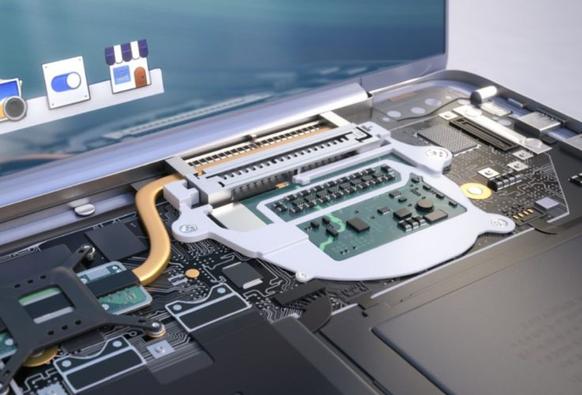Frore AirJet PAK provides up to 25 watts of solid state cooling for the NVIDIA Jetson Orin Nano (and similar SoM-based PCs)
The NVIDIA Jetson Orin Nano Super is a $249 AI development kit that combines an NVIDIA system-on-a-module with a carrier board to create a palm-sized computer with up to 67 TOPS of AI performance. It’s the latest in a line of Jetson products from NVIDIA, and as NVIDIA noted when launching the new model earlier this month, it’s half the price of its predecessor while offering up to 70% better AI performance.
While the dev kit includes a fan for active cooling, Frore Systems has announced another option for keeping the Jetson Orin Nano Super and similar systems cool. The company’s new AirJet PAK line of solid state cooling modules can dissipate up to 25 watts of heat without using any fans.
Frore’s AirJet technology brings some of the benefits of fanless systems: AirJet cooling modules are silent and they don’t collect dust the way that fans do.
But while fanless systems use passive heat dissipation only, AirJet is an active cooling solution that uses a series of tiny membranes that vibrate at ultrasonic frequencies to move air. That means that unlike passive cooling solutions, AirJet modules consume power – and it can take a bunch of modules to provide enough cooling for higher-power devices like laptop or desktop computers, which probably explains why we haven’t seen many PC makers adopt Frore’s solid state cooling technology yet.
So it makes some sense for the company to focus on small, low-power development kits like the NVIDIA Jetson Orin Nano Super as a way to get developers to try out the technology. The company says its AirJet PAK 5C-25 system measures 100 x 65 x 10mm (3.94″ x 2.56″ x 0.39″) and features 5 AirJet chips that can remove up to 25 watts of power, making it a good fit for NVIDIA’s latest dev kit.
There’s also a 3-chip AirJet PAK 3C-15 that’s the same width and length, but measures just 5.8mm (0.23″) high and removes up to 15 watts of heat, and a single-chip 1C-5 module that removes up to 5 watts and measures 30 x 65 x 5mm (1.18″ x 2.56″ x 0.2″).
But you could also use it with other similarly-sized systems – Frore is jumping on the AI hype bandwagon by noting that AirJet PAK is “designed to complement a wide range of System on Module (SoM) AI Computers, including NVIDIA’s Jetson Orin Nano, Nano Super, NX & Orin AGX modules, as well as SoMs from Qualcomm, NXP, AMD/Xilinx, and more.” But the module could also probably be used with a wide range of devices with or without the AI emphasis.
Meanwhile, it looks like Frore could soon have some competition in the silent, solid-state, active-cooling space. Ventiva says it’s developed a fanless, active cooling solution that can work with computers featuring TDPs up to 40 watts and at least one PC maker is expected to introduce a laptop featuring the technology soon.
#activeCooling #airjet #foreAirjetPak #frore #solidStateCooling

